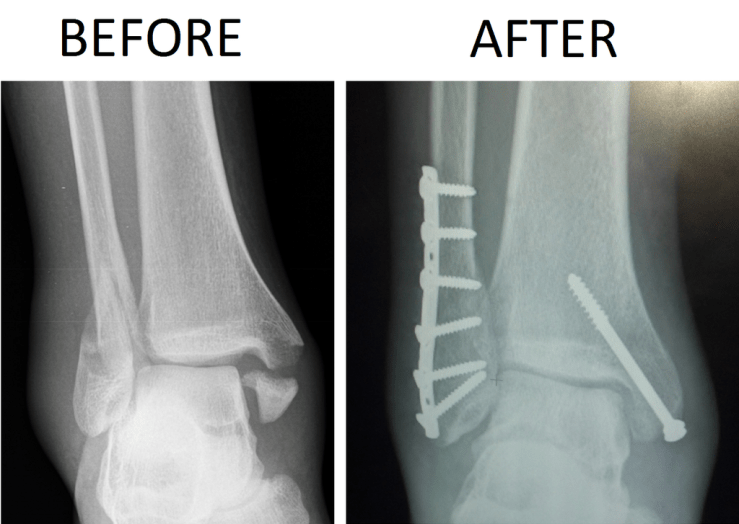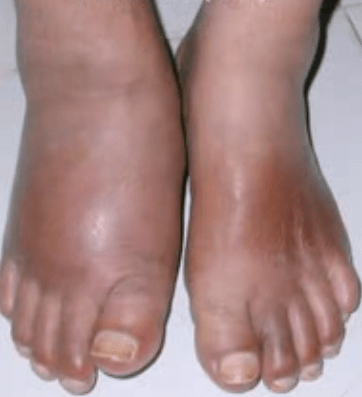
Adapted from:
Fractures and Diabetes
Rowan Hillson MBE
National Clinical Director for Diabetes England 2008-18
Practical Diabetes Jan/Feb 17
Summary
Fractures are more likely in diabetics compared to non- diabetics. Metabolic factors, an increased risk of falls, complications, infection, medications and the effects of low blood sugars all contribute. Neuropathy is a particular problem. This can cause an abnormal gait, stumbling, and a lack of awareness of actually sustaining injury. Even fractures may not cause anything like the expected pain. Charcot’s foot can cause lifelong disability. Visual problems also cause falls as does the effects of stroke and amputation.
It can help if someone goes round the house to check for trip hazards. Vitamin D supplements and increasing dietary calcium can help. Be aware that sulphonylureas can cause low blood sugars as well as insulin.
If a diabetic, particularly one who has neuropathy, presents with an injury they need careful evaluation to avoid missing fractures.
Fracture risk
Type one women are six times more likely and type twos are twice as likely to sustain a fracture of the hip than a non diabetic. The longer the diabetes, the more the risk.
Low blood sugars
Low blood sugars are probably under reported by diabetics due to fears about losing their driving licences.

Charcot Foot
Charcot foot presents as a swollen, red foot. There can be an underlying fracture. Because the person does not realise they have a fracture, they continue to weight bear, and this produces deformity of the foot. Best advice is that if a diabetic with neuropathy gets an unexplained inflammation of a foot that they stay off of it and get an urgent assessment by a multi disciplinary team at a diabetic foot clinic. Trouble is, that these are not available for all patients in the UK.
Drugs
Glitazones, eg Pioglitazone, doubles the risk of upper limb fracture in women. Flozins such as Canaglifozin is suspected of increasing fracture rates and Sulphonyureas definitely do, but probably due to the hypoglycaemic effect.
Falls
Diabetics fall more than their non-diabetic counterparts. 18% of women over the age of 67 with diabetes fell at least once a year. The rate is higher in insulin users, neuropathy, renal impairment, poor vision and low Hba1cs.

You may not believe this but could be the before and after on my ankle. I just got out of the boot two days ago. I fell, now I just need to convince my insurance provider no one hit me. They seem unconvinced in my reassurance.
LikeLiked by 1 person
Would be interesting to see the effects of statins on fracture risk – something the vast majority of diabetics will be prescribed.
LikeLike